How to leverage mesh networks for industrial use
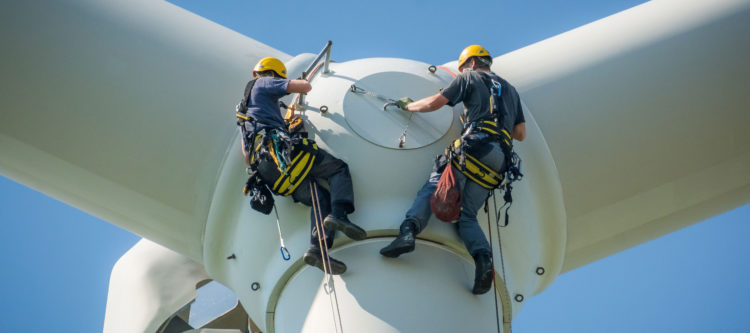
The United States has a diverse and robust industrial economy fueled by various industries, including transportation, mining, energy, agriculture, and construction. While certainly not the fanciest, these industries form the backbone of the American economy, providing the resources and materials necessary for the growth and stability of our nation.
The American public tends to overlook these industries’ vital role in our daily lives, forgetting that the infrastructure and materials we utilize daily were extracted, produced, or constructed by hardworking men and women operating in hazardous environments. In addition, these workers often have to work in a highly unpredictable environment, making their jobs even more difficult and dangerous.
In this industrial context, reliable connectivity is essential for workers to perform their jobs efficiently and safely. With cumbersome machinery, loud and noisy environments, and tens if not hundreds of people operating at one time, workers in these industries must communicate effectively to coordinate tasks and respond to emergencies quickly. However, connectivity issues such as weak signals, network congestion, and device malfunctions pose significant risks to the safety of industrial workers.
Oil, Gas & Mining
Whether on an oil rig, a mining plant, or a power plant, working in these industries can present various communication challenges due to the nature of the work environment and the dangerous tasks involved. Many of these industries operate on a 24/7 basis, making it challenging to maintain clear communication as workers are constantly moving in and out of these operating zones. As a result, safety is critical to any operation, and communication breakdowns are likely to occur, leading to serious, if not fatal, consequences. Some of the common communication challenges include:
- Noise pollution: Oil rigs, mining, and gas plants are usually noisy environments with loud machinery and equipment operating 24/7, making it difficult to hear and communicate with others, especially when using radios or other voice communication devices.
- Distance: Oil rigs and power plants are spread over large areas, and workers may be located far away from each other, which can make it challenging to communicate effectively, especially in emergencies.
- Remote locations: These sites often need more reliable connectivity infrastructure in remote areas. It is difficult for workers to access the internet or use digital communication tools. Even in areas with proper infrastructure, the coverage may be limited or spotty making it challenging to maintain a reliable connection.
- Interference: The nature of the environments in these industries can result in interferences from machinery, buildings, and materials which can disrupt wireless signals and make it challenging to maintain a stable connection.
- Weather: The use of communication technology, such as radios and satellite phones, can be affected by weather conditions and other environmental factors, leading to connectivity issues and communication breakdowns, which makes communication challenging, especially regarding safety procedures and protocols.
Agriculture & Forestry
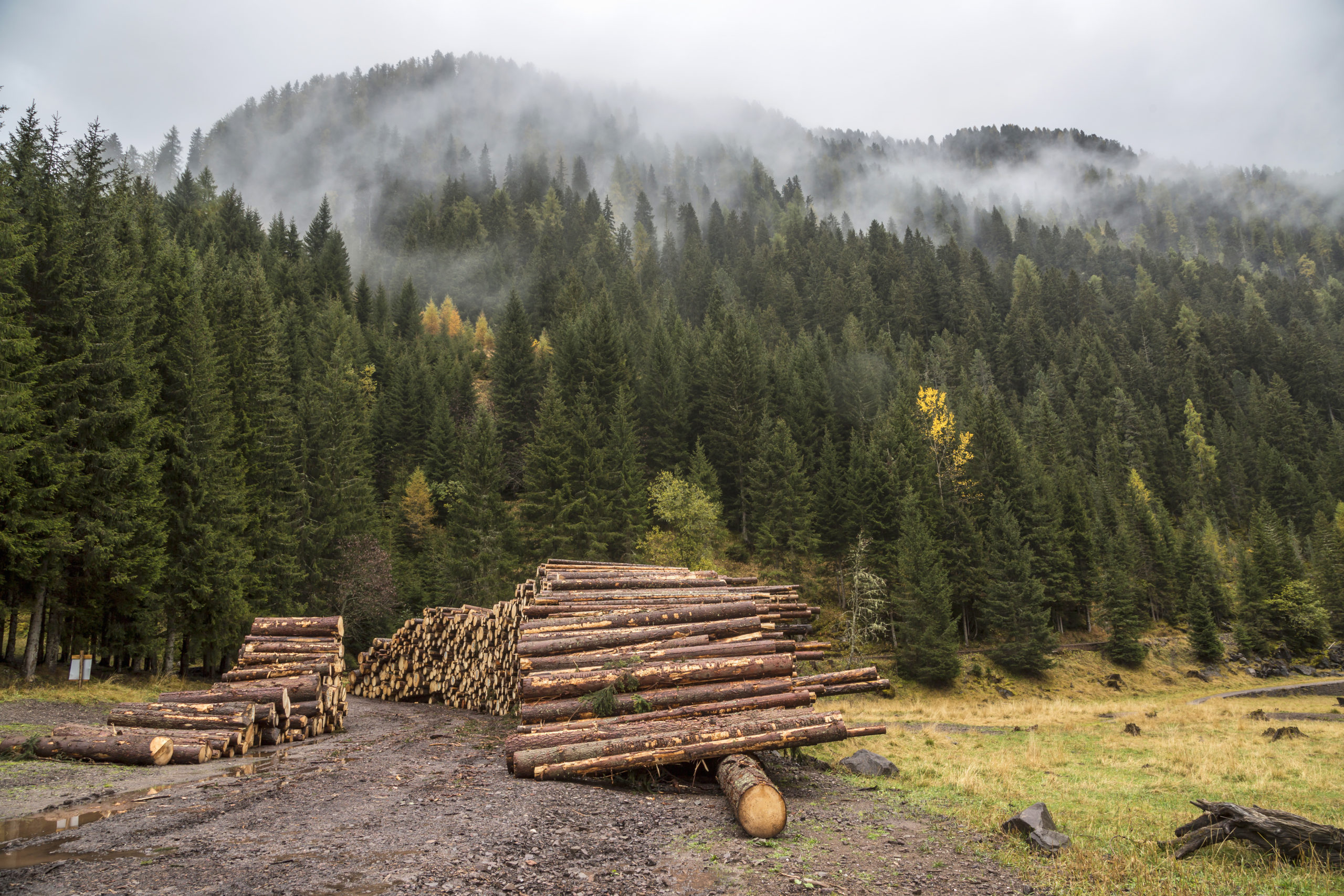
Connectivity issues can pose a significant challenge for the agriculture and forestry industry, as these operations are found mainly in remote locations and large land areas. Some common connectivity issues in these industries include:
- Limited internet access: Many agricultural and forestry operations are located in rural or remote areas with limited internet and cellular access, making it difficult for workers to access critical information or communicate with others.
- Poor mobile phone coverage: In remote areas, mobile phone coverage can be patchy or nonexistent, making it difficult for workers to communicate with each other or access information when they are out in the field.
- Limited access to GPS technology: GPS technology is essential for precision agriculture and forestry operations but requires a solid signal to function effectively. GPS technology may only work correctly in areas with good connectivity, leading to inefficiencies and inaccuracies.
Construction & Transportation
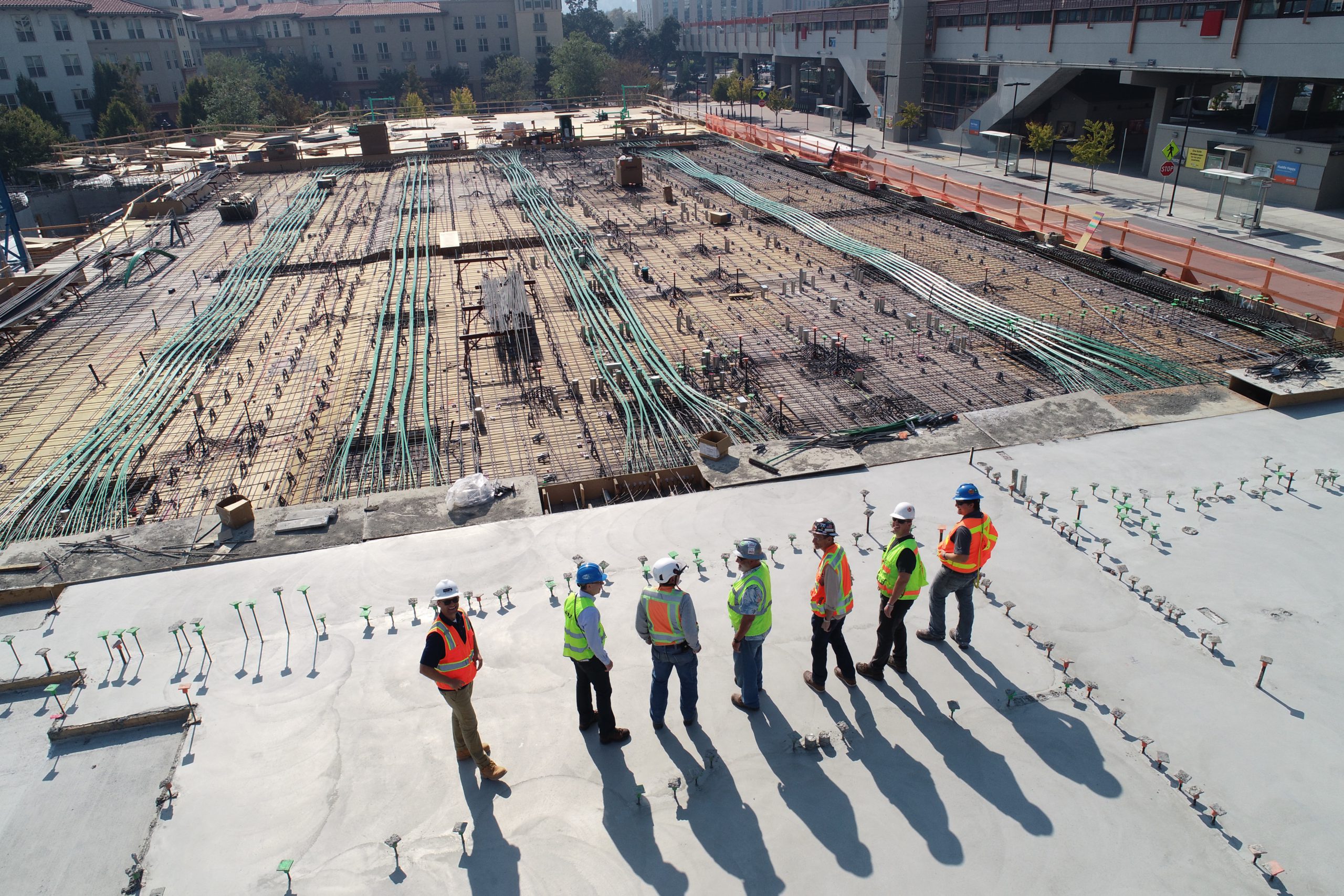
Connectivity problems can be a significant issue for contractors and construction workers, impacting their ability to communicate with their team, access critical project information, and coordinate their work safely and effectively. In addition, construction workers must maintain full situational awareness when dealing with dangerous machinery and heavy materials. Some of the most common connectivity problems that construction workers may face include the following:
- Limited or unreliable network coverage: On many construction sites, network coverage can be limited or inconsistent due to several factors, including distance from cell towers, interference from other devices, and interference with heavy machinery and materials, making it difficult for workers to access resources, communicate with team members, or transmit important project information.
- Poor Wi-Fi and cellular connectivity: Many construction sites may need access to reliable Wi-Fi or cellular networks, limiting a worker’s ability to access critical project information or communicate with team members. Even if a construction site has Wi-Fi or cellular coverage, the available bandwidth may be limited, making it challenging to transfer important information.
- Noise pollution: Construction sites are loud environments with loud machinery and equipment operating around the clock. This noise can make it difficult to hear and communicate with others on traditional, especially when using traditional voice radios.
Leveraging mobile mesh for industrial operations
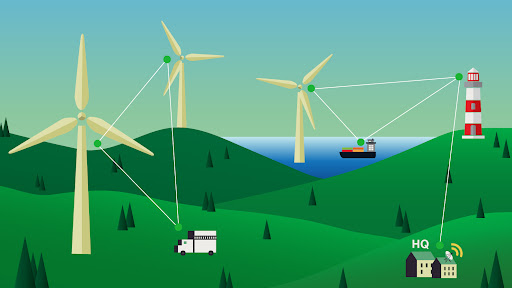 Traditional communications infrastructure in industrial settings such as construction sites, power plants, and agricultural operations can often become unreliable due to several factors. As such, workers in these industries must be equipped with the proper tools to communicate effectively, coordinate tasks, and respond to emergencies quickly if something goes wrong.
Traditional communications infrastructure in industrial settings such as construction sites, power plants, and agricultural operations can often become unreliable due to several factors. As such, workers in these industries must be equipped with the proper tools to communicate effectively, coordinate tasks, and respond to emergencies quickly if something goes wrong.
While each specific worksite or plant has varying access to communications technology, one thing that every industrial worker has in common is a personal cell phone or smartphone device. However, these devices are rendered useless with degraded or spotty cellular service or connectivity infrastructure that is inaccessible due to remote locations or unpredictable weather. That’s where mobile mesh comes into play.
Mobile mesh networking is an ad-hoc, rapidly enabled, and easily deployed tool to connect an entire workforce cost-effectively and securely. By connecting a goTenna Pro X2 radio to a smart device via Bluetooth or hardwire, an instantaneous ad-hoc network is established, enabling text messaging and situational awareness for industrial workers.
Even when cellular networks are down, mesh networking enables each worker to stay in constant communication, allowing them to see an entire worksite on an end-user device (EUD), communicate essential information via text, and store communications information at all times. In addition, the devices are small, easy to carry, easy to distribute on-site, and require zero expert training.
For most, if not all, industrial workers, mistakes can lead to severe injuries and even fatal accidents. That’s why it’s extremely important to equip them with technology that gives them the communication and situational awareness capabilities vital for operational success and safety.




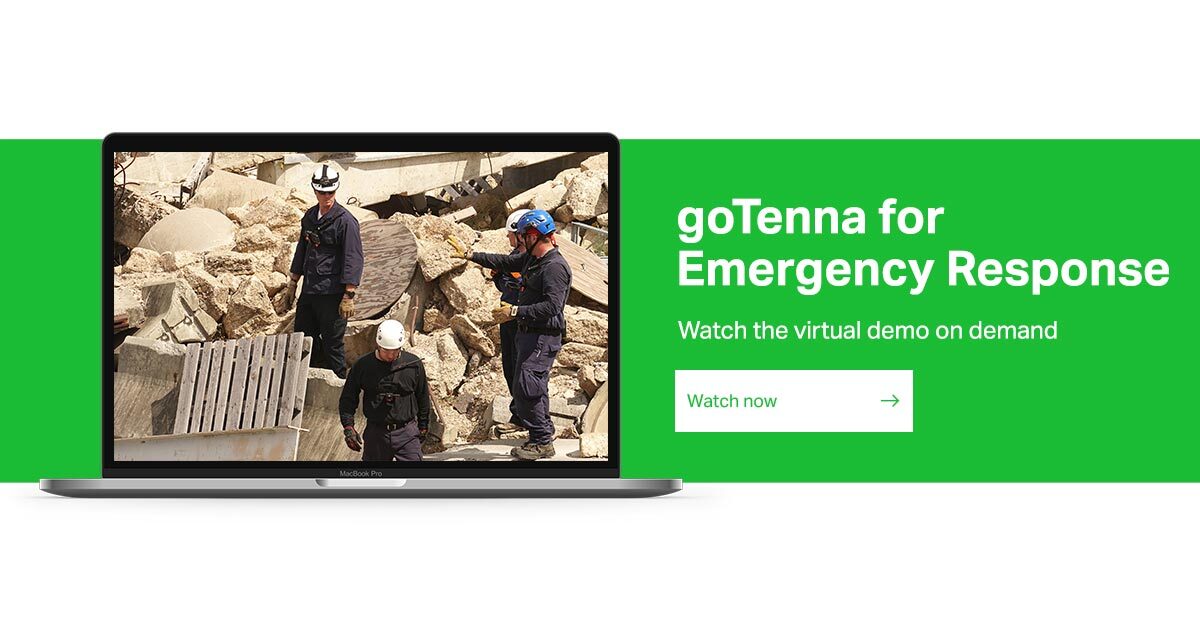





No Comment